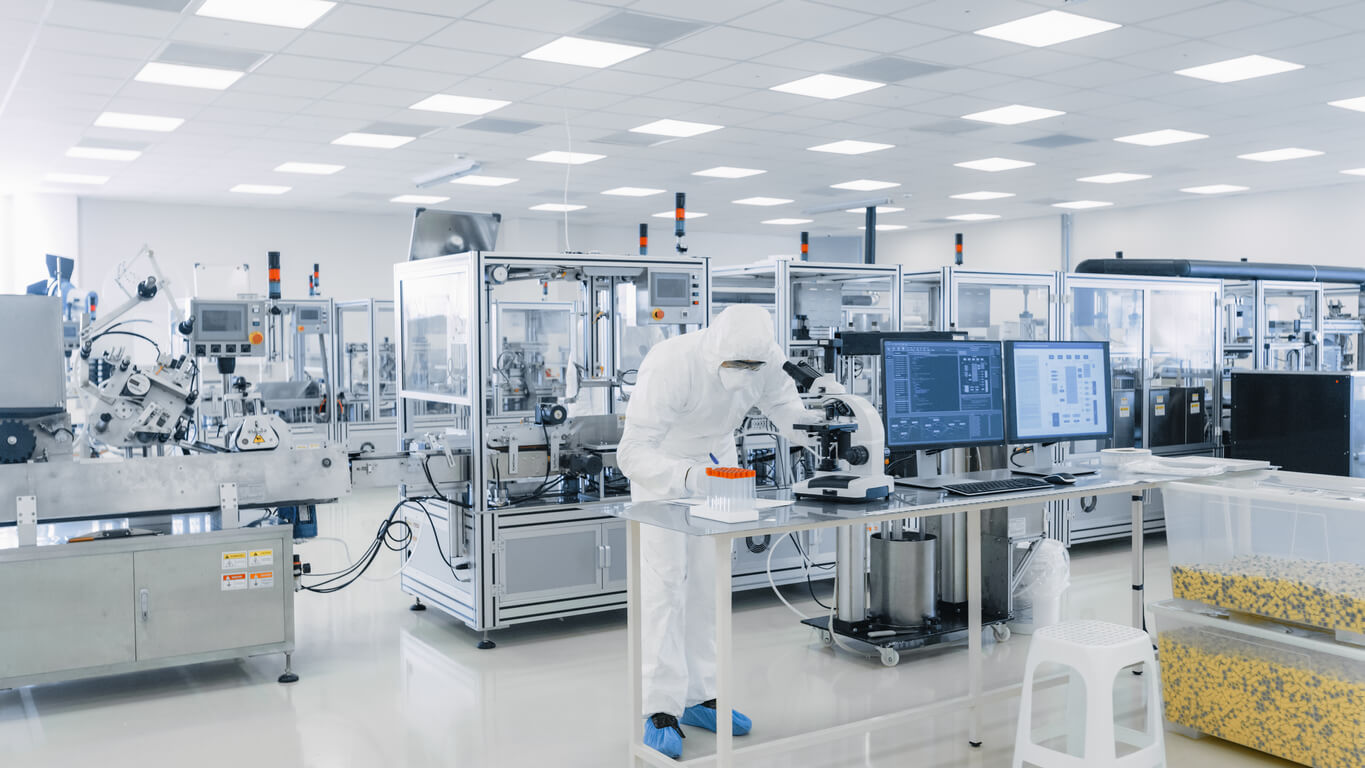What's the difference between an Intrinsic and Extrinsic Semiconductor
29 Nov, 20215 minutesKnowing how many chips a device or vehicle will need is only one part of the design process....

Knowing how many chips a device or vehicle will need is only one part of the design process. Designers also need to know which type of semiconductor chip is required and whether that chip needs to be intrinsic or extrinsic. The impact of such a seemingly minor decision can have massive consequences on the machine's performance.
Let's take a look at these two types of semiconductors:
What is an intrinsic semiconductor?
An intrinsic semiconductor is also known as a pure semiconductor because the materials used to create it haven't been 'tampered' with - more on that in the next section.
In a pure semiconductor, there's an equal number of electrons and holes within the valence band. Additionally, the gap between the valence and conduction band is minuscule, with Fermi energy levels sitting between these two.
Perhaps most importantly, electrical conductivity in this type of semiconductor is extremely low. While conductivity increases with a temperature rise, it still isn't as high as it needs to be. Therefore, thermal generation is necessary.
What is an extrinsic semiconductor?
Extrinsic semiconductors used to be intrinsic before impurities were added through a process called doping. This process makes the semiconductor much more conductive, especially when the two methods of doping (creating both N and P-type semiconductors) are utilised within the same device.
In extrinsic semiconductors, the addition of impurities as part of the doping process results in an unequal number of holes and electrons. The concentration of impurities added and the temperature affects electrical conductivity, so the process must be extremely accurate to be effective.
So, what is the difference between intrinsic and extrinsic semiconductors?
Let's take a look at the main differences between these two types of semiconductors:
1) Concentration of impurities
It is still possible for a semiconductor to house impurities without going through the doping process. However, a semiconductor will remain intrinsic so long as the concentration is less than that of the free carriers. The concentration of impurities within an extrinsic semiconductor is much higher.
2) Fermi energy level position
The position of Fermi energy levels also differs in these two types of semiconductors. In intrinsic semiconductors, these levels are positioned in the middle of the conduction and valence band. In extrinsic semiconductors, they shift between the valence and conduction band.
3) Electrical conductivity
Extrinsic semiconductors have a much higher electrical conductivity than their intrinsic counterparts. That's the main aim behind the doping process - to create N and P-type semiconductors that, when used together, increase conductivity considerably. The temperature will also affect electrical conductivity.
4) Charge carrier density
The number of holes and electrons within an extrinsic semiconductor's valence and conduction bands are not equal, and the actual number they have depends on whether it's an N or P-type. On the other hand, the number of holes and electrons are equal if the semiconductor is intrinsic.
Opting for the correct type of semiconductor for a device or vehicle can drastically affect performance, making a designer's role essential. If you appreciate the importance of minute attention to detail and have experience within the semiconductor sector, we can help you find your next role.
We've been connecting skilled candidates to big brands for over twenty years and specialise in semiconductor recruitment. Get in touch to find out how we can help you get the most out of your career.





